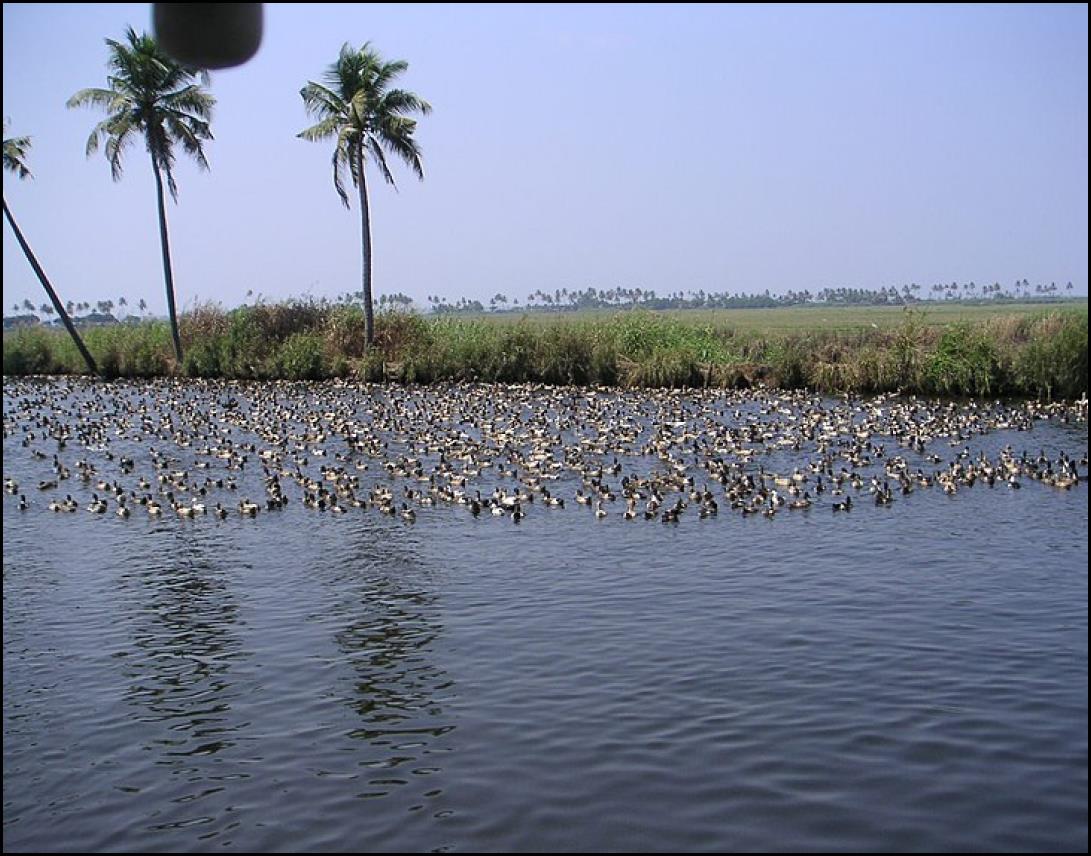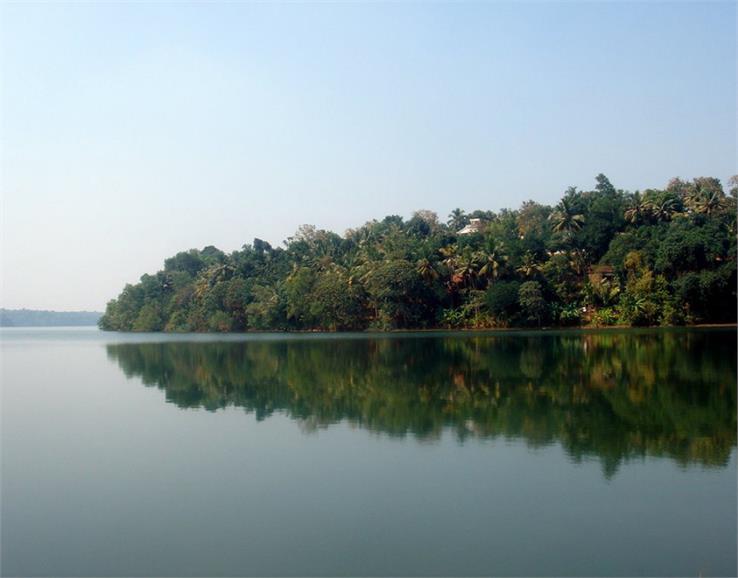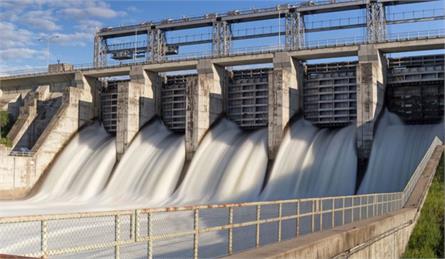Sasthamkotta Lake: Kerala's Enchanting Freshwater Jewel

Sasthamkotta Lake is one of the most pristine beauties within the serene state of Kerala, India. It is a freshwater lake known for its scenic beauty and calm surroundings. This heartbeat of the local community contributes significantly to the area’s culture and environment. It is also the biggest freshwater lake in Kerala, and its name has historical and cultural importance.
Also Read: Ramsar Sites In India
Historical Significance of Sasthamkotta Lake
The name "Sasthamkotta" is derived from two Malayalam words: “The Sastha,” a term denotes the god in the nearby temple, and ‘kotta’ means fort. The Sasthamkotta temple, which is mainly meant for Lord Ayyapaa, is one of the important religious centers. The lake is believed to be connected with the temple.
It is said that this lake had formerly been a thick forest where dwelt a dreadful demon called Bana. Sasthamkotta Lake is believed to have been formed due to Lord Ayyappa’s battle against a demon killed in the process. Lord Ayyappa defeated the demon, and in the process, he created this serene lake it then came to be known as “Sasthamkotta Lake.”
Also Read: Kolleru Lake The Wetland In Andhra Pradesh
Ecological Diversity
The lake has ecological importance since it supports very high biodiversity after being famous for its historical and religious importance. Due to such surroundings, the lake has become a home to different groups of plant and animal life. Most of its catchments come from the surrounding paddy fields that affect water quality in general. Many varieties of animals have a safe place to live and are fed on by aquatic plants and vegetation in and around the lake.
The lake offers bird watchers a chance to look for different varieties of birds to identify. Sasthamkotta Lake contains diversified birds ranging from migrators to local ones. Particularly, the lake is renowned as host to a huge flock of Siberian storks that come there every winter, and hence, it has become a famous birding spot.
Equally intriguing is the underwater world of Sasthamkotta Lake. It has many spots, including the indigenous Sasthamkotta pearl spot or Karimeen. It is a local delicacy which, in fact, dramatically boosts the region’s economy.
Other than the pearl spot, fish such as catfishes, snakeheads, and some varieties of carp populate the lake, forming an attractive marine community.
Also Read: Wadhvana Wetland, Gujarat's Natural Heritage
Conservation Efforts
Maintaining the ecosystem equilibrium of Sasthamkotta Lake is crucial, and both the government and the local bodies are keenly concerned with its protection. It is of great importance that the lake is recognized as a Ramsar site, showing the global importance of the lake as the waterbird’s habitat. Such a recognition renders it subject to the protection of international treaties and hence conserves it.
Some vital conservation efforts include controlling what fisherpeople do in the lake. They promote traditional practices in fishing and prevent over-fishing so as not to destroy the aquatic ecosystem.
Furthermore, tree planting and the catchment restoration process continue to ensure the good health of the lake and surrounding areas.
Boating and Tourism
Sasthamkotta Lake, with its pristine ambiance and picturesque scenery, is one of the best attractions for this segment of visitors. Visitors can also take part in boating on the lake, whereby they can get a closer look at the serenity and beauty of the surrounding areas. While here, they can also take a calm boat cruise across the transparent waters with spectacular forest scenery and the temple in the distance, providing them the perfect setting to unwind.
The lake is also close to Sasthamkota town, allowing a visitor to glimpse the locals' culture and food. This town has colorful markets and street food that make it a perfect place to learn local traditions.
Cultural Festivals
The region’s cultural calendar is also dependent on Sasthamkotta Lake. Sasthamkotta Mahotsvam is an annual event celebrated at the temple. It is a yearly event, typically in November, with bright processions, folk concerts, chants, and pagan rituals. The tranquility created by the lake as a setting for this festival ensures that such an event is indelible in memory.
Challenges and Future Prospects
Sasthamkotta Lake has remained one of the most unique and diverse ecosystems, but it also faces many challenges. The ecological equilibrium of the lake is threatened by various factors such as pollution, encroachments, and invasive species. These problems require constant efforts in watching over the preservation of the lake’s naturalness.
Local authorities, environmental groups, and society must collaborate and address these challenges to ppreserve Sasthamkotta Lake. This may include regulating fishing, reducing pollution, and campaigns to sensitize people on conserving the lake.
Sasthamkotta Lake has gained recognition at the global level as a Ramsar site that is crucial for protecting a vital wetland ecosystem. This is beyond simply a lake as it is a living ecological resource that provides economy, culture, and spirituality for the region.











